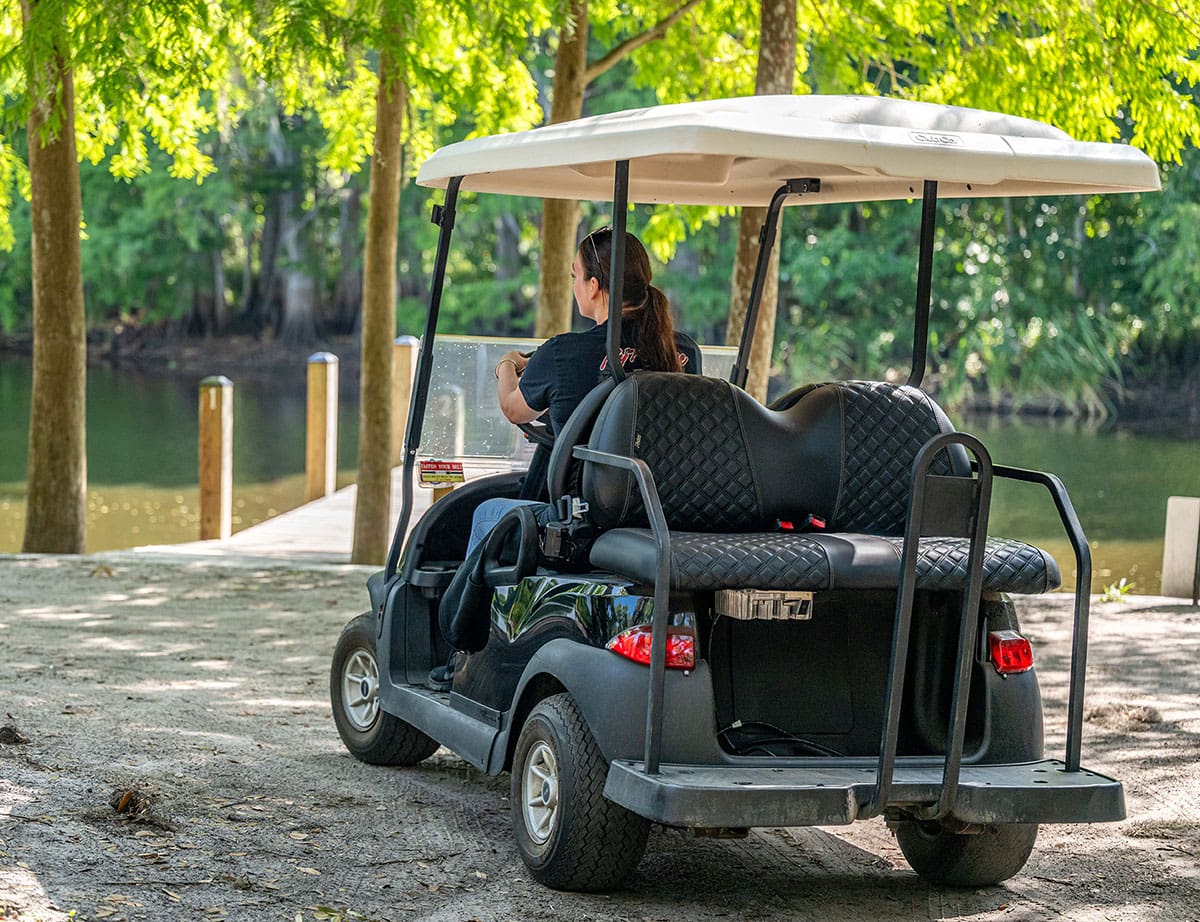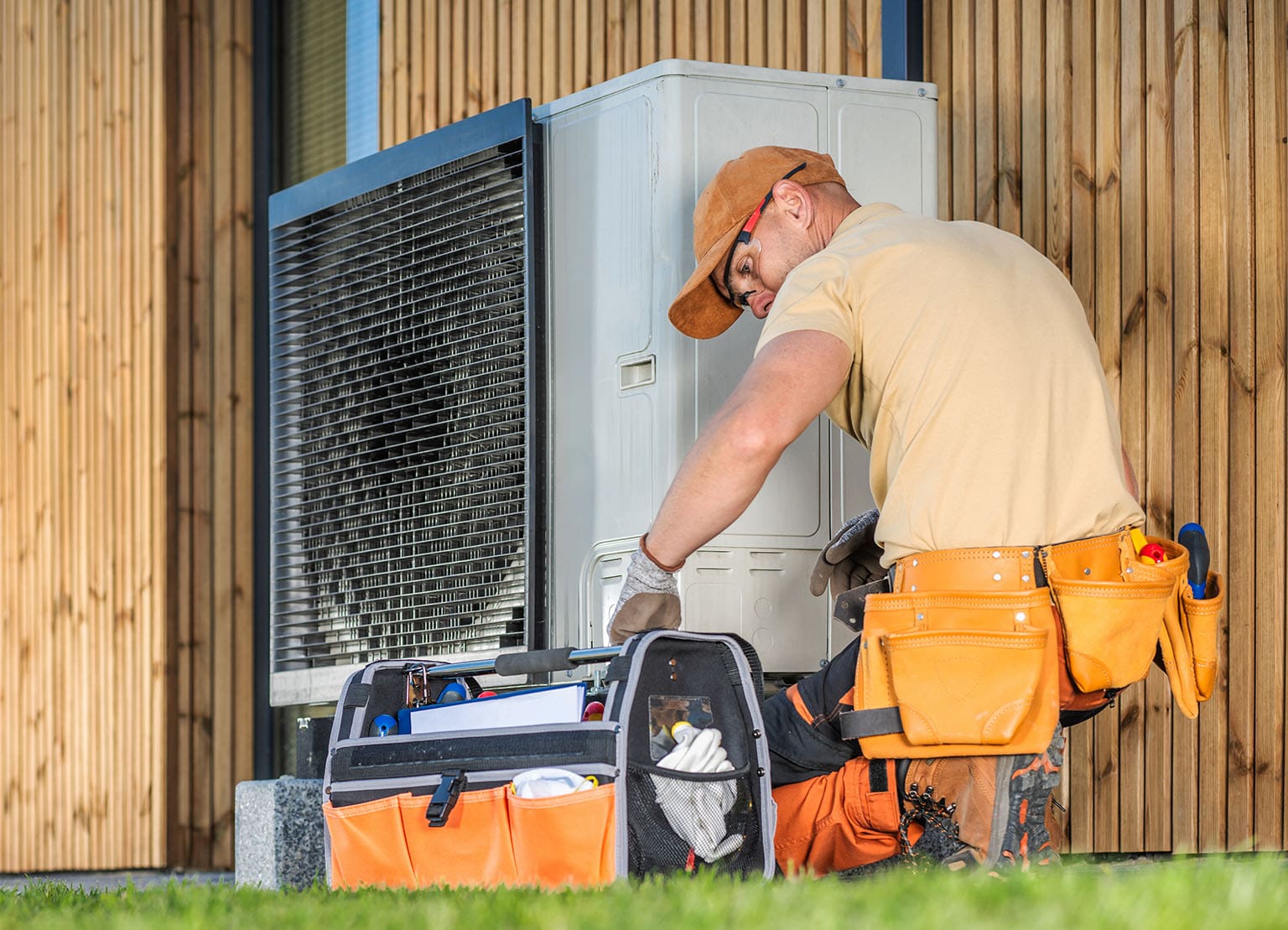Implementing simple security precautions can help reduce your chances of becoming a victim of a burglary or home invasion. By adding layers of security to your home, it will make your property less attractive to criminals. Consider these 15 security precautions to help fortify your residence and protect your family:
1. Doors
Ensure all exterior doors are solid core and consider reinforcing your door frames and hinges by installing deadbolts, three-inch screws in door jambs, and dowel rods in the track of sliding doors. In addition, upgrade the locks on your exterior doors with high-security locks, which can go a long way in keeping criminals out of the house. Install a wide-angle peephole and cover when not in use as there are devices that allow a reverse view. Remember to lock the door from house to garage as it is an easy target for intruders.
2. Windows
For those who don’t live in coastal counties with wind impact-resistant windows, consider adding protective films to all first-floor windows, which can significantly slow down a criminal’s entry into the property. Update window locks, add window stops to double-hung windows, and make sure they are always secured unless in use.
3. Landscaping
Trim trees and shrubs so they do not become a hiding place for intruders while they work on entering the property. If the yard is untended, it is a signal to bad actors that the homeowners may be away. Planting thorny bushes near windows is helpful in keeping would-be intruders away.
4. Fences
Think of a fence as an added layer of security. While intruders are plotting their escape plan, the fence is an additional hurdle to consider. Cement bases add stability and ideally use open metal or chain links, as solid walls can provide an easier foothold and another place to hide.
5. Outdoor lighting
Install outdoor, high-intensity LED motion lighting on all sides of the home. While it may not deter criminals from entering your home, it will startle them and help security cameras get a better view.
6. Security system
Install a centrally monitored alarm to alert potential criminals that your home is protected. Some DIY systems offer easy and affordable options that often pay for themselves when the homeowner policy discounts are applied. Visible signage of the alarm system in the yard and exterior motion sensor cameras that are recorded and monitored are key deterrents. Conceal exterior wires in electrical conduits to make it difficult for criminals to find and disable the security system. As an extra security measure, keep the doors locked and the alarm set during the day while you are home.
7. Home safe
Consider installing two safes in your home. If you are the victim of a home invasion and are ordered to open the safe, use the decoy safe with possessions that are replaceable and keep sentimental heirlooms and valuables in another safe in another location. Criminals often expect a safe in the master bedroom so consider a less likely location. Bolt the safe down to the floor so it is not easily transported.
8. Travel
Wait to share your travels with the world online until after you return home. Ensure your yard is kept up, notify your neighbors, and have mail brought in and lights on to avoid alerting would-be criminals of your absence. Consider employing a TV simulator that produces high-intensity light and color changes, similar to a television to fool those passing by into thinking that someone is home.
9. Safe room
No longer considered a luxury for the ultra-affluent, consider retrofitting a room or closet to help shield your family in natural disasters and home invasions. Ensure your safe room is equipped with a security door with a deadbolt, peephole, reinforced walls, floors, and ceiling, extra cell phones, power outlets, cell phone chargers, first aid kits, emergency lighting, water, food, and self-defense equipment.
10. Educate the family
Educate all members of the family, starting at a young age, about what to do in the event of an emergency. Discuss the concept of “run, hide, fight” and determine a meeting point in the event of an escape. Ensure everyone is familiar with how to operate the security system, use the panic button, including signaling the police without an interior alarm, and deal with strangers who enter the property.
11. Contractors and vendors
When we invite unknown people into our home to do work, we often do not have the full picture of their background, intentions, or friends. Consider utilizing vendors that do full background checks, work with employees with tenure or consider doing a background check yourself. Work with your insurance advisor to coordinate these activities, as many high-net-worth insurers afford discounted or complimentary background checks for contractors and domestic staff. Don’t open the door if you are not expecting a delivery or technician. Don’t be shy to ask their name and employer and call the company to verify their identity. While vendors are inside the home, someone should supervise the work, keep workers confined to areas where work is performed, limit the amount of jewelry you are wearing and keep valuable papers out of sight.
12. Beware of strangers
Home intruders will often pose as delivery workers, maintenance workers, or police officers to earn your trust and gain access to the residence. Others claim an accident occurred nearby, a car broke down, or use children as a distraction. As soon as the door is opened, they will use brute force, guns, or other threats to take control of the situation and enter the home.
13. Build a community
Neighborhoods that have a strong sense of community and help others rebuild after a disaster rebound significantly faster than those without. The same holds true for preventing burglaries and crime in your neighborhood. Get to know your neighbors and consider starting or joining a neighborhood watch program.
14. Employ security habits
Create a habit of locking all windows and doors when you leave the property, be on the lookout for suspicious people in your neighborhood, and check on neighbors regularly. Don’t enter the home if you suspect there was a break-in as the intruder may still be in the home. Keep the garage door closed, break down boxes from expensive purchases to avoid telling the world about what is inside, and keep your cell phone and car keys near the bed. Use your cell phone to call police and the panic button on your car keys to scare off the intruder.
15. Insurance
Having the right insurance will help mitigate the impact if you and your family are victims of a home invasion or burglary. Consider adding a collections policy for valuables, such as jewelry, silver, wine, coins, and art, as the homeowner policy typically has limited coverage for these valuable possessions. Create a home inventory to easily identify your possessions in the event of a burglary.
The difference between a burglary and home invasion
While the definitions vary from state to state, the main difference between a burglary and home invasion is coming face to face with a criminal in your home.
Burglary: illegal entry into a building or home with intent to commit a crime, such as theft.
Home Invasion: unlawful forceable entry into a building or home while you or your family are inside the residence.
Let’s talk about the vital role insurance plays in protecting your property and family.
For more information
We’re ready to help when you are. Get in touch and one of our experienced Baldwin advisors will reach out to have a conversation about your business or individual needs and goals, then make a plan to map your path to the possible.
This document is intended for general information purposes only and should not be construed as advice or opinions on any specific facts or circumstances. The content of this document is made available on an “as is” basis, without warranty of any kind. The Baldwin Insurance Group Holdings, LLC (“The Baldwin Group”), its affiliates, and subsidiaries do not guarantee that this information is, or can be relied on for, compliance with any law or regulation, assurance against preventable losses, or freedom from legal liability. This publication is not intended to be legal, underwriting, or any other type of professional advice. The Baldwin Group does not guarantee any particular outcome and makes no commitment to update any information herein or remove any items that are no longer accurate or complete. Furthermore, The Baldwin Group does not assume any liability to any person or organization for loss or damage caused by or resulting from any reliance placed on that content. Persons requiring advice should always consult an independent adviser.






